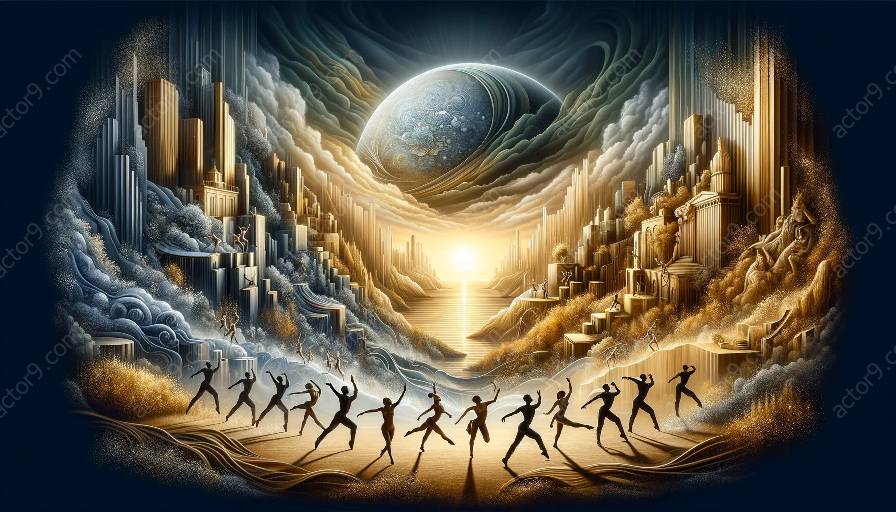Physical theatre has long been a powerful medium through which to reflect on indigenous rights and cultural preservation. By combining the evocative use of the body, movement, and storytelling, physical theatre paints a vivid and emotional picture of the social issues facing indigenous communities. This topic cluster delves into the intersection of physical theatre, indigenous rights, and cultural preservation, exploring how these themes are portrayed on stage and their impact on society.
Social Issues Portrayed in Physical Theatre
Physical theatre has the unique ability to bring social issues to life through expressive movement, without relying heavily on dialogue. This art form often explores themes such as identity, inequality, displacement, and discrimination, which are highly relevant to indigenous rights and cultural preservation. Through captivating choreography and storytelling, physical theatre captures the complex emotions and experiences of indigenous peoples, shedding light on their struggles and triumphs.
Physical Theatre
Physical theatre, also known as movement theatre, is a performance style that emphasizes the use of the body and physicality as the primary means of storytelling. It encompasses a wide range of techniques, including mime, dance, acrobatics, and gesture, providing a versatile platform for artists to convey powerful narratives. Physical theatre transcends linguistic and cultural barriers, making it an effective medium for exploring global social issues, including those related to indigenous rights and cultural preservation.
Indigenous Rights and Cultural Preservation in Physical Theatre
Indigenous rights and cultural preservation are central themes in physical theatre productions that aim to amplify indigenous voices and experiences. Through the use of expressive movement, symbolism, and visual storytelling, physical theatre shares the rich traditions, struggles, and resilience of indigenous communities. This art form provides a platform for indigenous artists to reclaim narratives, challenge stereotypes, and engage audiences in critical dialogues about preserving indigenous cultures and advocating for their rights.
Impact on Society
Physical theatre productions that reflect indigenous rights and cultural preservation have the potential to inspire meaningful social change. By illuminating the challenges faced by indigenous communities and celebrating their cultural heritage, these performances foster empathy, understanding, and solidarity among audiences. They raise awareness of the ongoing struggles for indigenous rights and encourage collective action to support cultural preservation and promote social justice.
Conclusion
Physical theatre serves as a compelling mirror through which indigenous rights and cultural preservation are reflected and projected onto the stage. It offers a visceral and poignant means of addressing social issues, enabling audiences to connect with the human experiences at the heart of indigenous rights and cultural preservation. By embracing the transformative power of physical theatre, we can continue to amplify indigenous voices and advocate for the preservation of diverse cultural heritage.




































